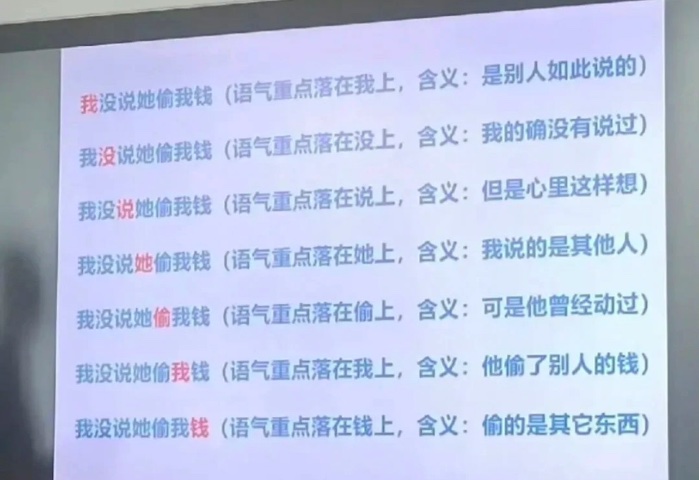The difficulties of “cursive script” are “old news”
[This is a guest post by J. Marshall Unger]
Responding to "Reading kanji in cursive script is devilishly difficult" (10/18/22), Jim Unger writes:
My only comment, which is just a reminiscence, is that one of the first books I bought when I started studying Japanese seriously at 18 was a guide to “grass-script” characters. I still have it. It had been produced in the early 1940s (cheap paper, thin binding) in the U.K. for military use in reading Japanese intercepts; to be useful, it includes forms that are calligraphically incorrect but common. I recall that “airman” Edwin McClellan, by then the chair of East Asian at Chicago, which I entered that year, was among those acknowledged for their help by the compiler (Otome Daniels, about whom see "How the UK found Japanese speakers in a hurry in WW2", BBC News (8/12/15).
Read the rest of this entry »




